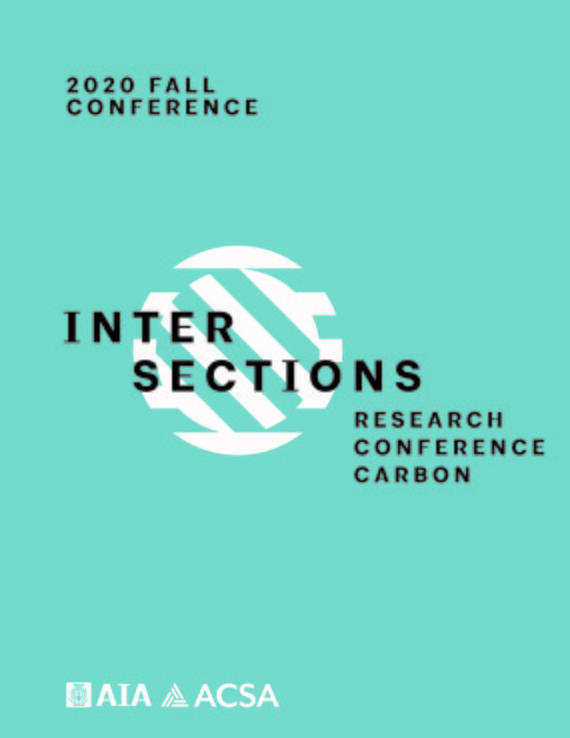Author(s): Vicki Rybl
Variable refrigerant flow systems are a popular technology for heating and cooling buildings due to their energy efficiency. VRF systems run on electricity, with no onsite fossil fuel combustion, which makes them attractive in the context of GHG emissions reductions through building electrification and grid decarbonization. Traditionally, the environmental performance of HVAC systems has been measured using the energy use intensity metric. This study aims to assess whether EUI adequately captures the GHG emissions associated with the life cycle of the VRF system. While life cycle assessments have been performed on HVAC systems, this is the first known cradle-to-grave LCA of a VRF system. The study aims to quantify GHG emissions for a VRF system in use at a LEED certified office building in Seattle, WA. The LCA examines carbon impacts in three key categories: the materials required for system assembly, operational electricity, and refrigerant use. Results show that electricity use represents 47% of the carbon footprint and refrigerant use represents 52%. System materials are a less significant contributor to carbon footprint, at 1% of the total.The results suggest that energy use intensity is not a sufficient metric to quantify the carbon footprint of VRF systems and that a greater focus on refrigerant management is needed. Building designers should design VRF systems with a focus on optimized energy efficiency and low-impact refrigerant strategies, and not on equipment quantity, in order to mini- mize the carbon footprint of VRF systems over their lifetimes.
https://doi.org/10.35483/ACSA.AIA.FallInterCarbon.20.13
Volume Editors
Corey T. Griffin & Erica Cochran Hameen
ISBN
978-1-944214-35-7

 Study Architecture
Study Architecture  ProPEL
ProPEL 
